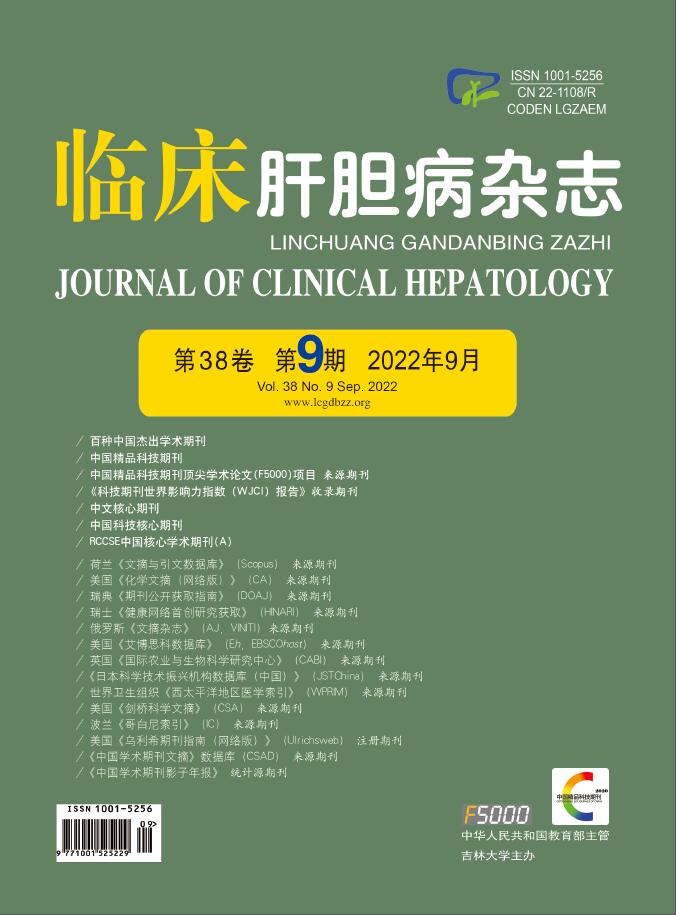In March 2022, EASL released a new version of the clinical practice guidelines on haemochromatosis. Haemochromatosis is characterized by elevated transferrin saturation (TSAT) and progressive iron overload mainly involving the liver, and early diagnosis and venesection can prevent liver cirrhosis, hepatocellular carcinoma, diabetes, arthritis, and other complications. For patients with p.Cys282Tyr homozygous mutation of the hemochromatosis gene
HFE, haemochromatosis can be diagnosed if serum iron parameters show TSAT > 45% and ferritin > 200 μg/L in female patients, or TSAT > 50% and ferritin > 300 μg/L in male patients and postmenopausal female patients. If a patient has elevated TSAT and ferritin and belongs to other
HFE genotypes, magnetic resonance or liver biopsy is needed to confirm iron overload in the liver. Liver fibrosis stage and damage to other organs should be carefully assessed at the time of diagnosis, which will help to determine management strategies. Hepatocellular carcinoma should be screened for patients with progressive liver fibrosis. The goal of venesection is to achieve ferritin < 50 μg/L during the induction stage and ferritin < 100 μg/L during the maintenance stage.









 DownLoad:
DownLoad: